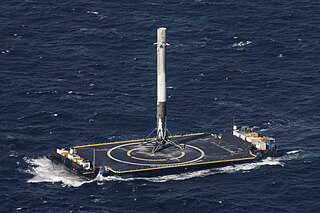- Joined
- 21 January 2015
- Messages
- 10,656
- Reaction score
- 12,268
No doubt the first of many.
http://spacenews.com/nro-discloses-previously-unannounced-launch-contract-for-spacex/
launch a payload for the National Reconnaissance Office in March 2017 from Cape Canaveral Air Force Station in Florida, a spokeswoman for the intelligence agency said May 18 in response to questions from SpaceNews.
SpaceX has not announced the launch. The NRO, which builds and operates the nation’s spy satellites, is thought to have previously mentioned the contract in a public setting just once, during a congressional hearing three years ago.
The March 2017 mission is known as NROL-76, but further details about the launch, including which rocket SpaceX would use to lift the satellite, the cost of the launch, or whether the mission was competitively bid were not immediately available, an NRO spokeswoman said.
http://spacenews.com/nro-discloses-previously-unannounced-launch-contract-for-spacex/

